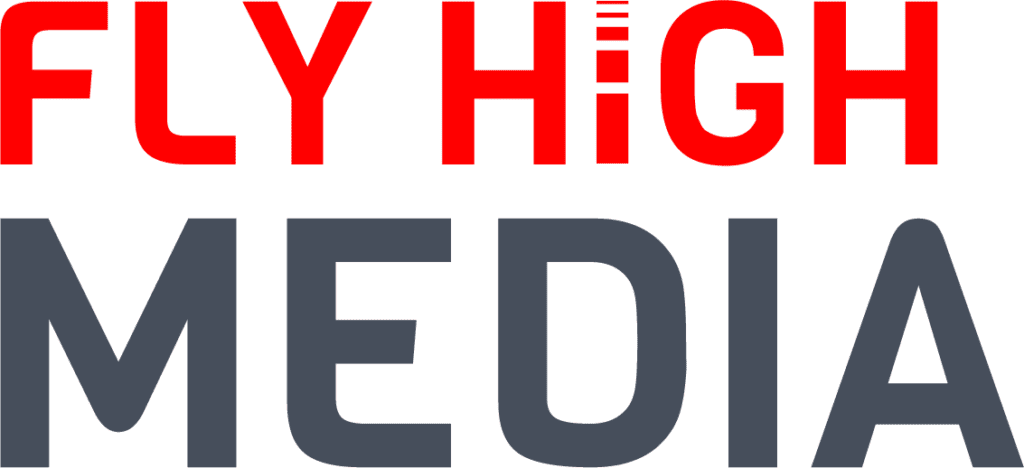Search engine optimisation and link building are fast-changing domains, favouring the flexible and the agile. Link building wasn’t as complicated as it is today. In the past, all you had to do was create a series of articles and submit them to web directories. In return, you received links.
This link building technique no longer works today.
So much has changed since then. Unlike before, content isn’t the only factor that affects search ranking. Google Search Quality Senior Strategist Andrey Lipattsev revealed three ranking signals in the search engine’s algorithm.
- Backlinks – High-quality links pointing to your site
- Content – Unique, original, valuable, and engaging content
- RankBrain – Google’s core algorithm with machine-learning capabilities
Knowing what link building techniques Google approves of is crucial to your efforts in building a scalable strategy. Here, you will learn how to improve your website’s search ranking without violating Google’s guidelines. There is so much to take in, but we have broken everything up in digestible chapters to make it easier to understand.
The anatomy of a perfect link
Before we delve into the importance of link building, you ought to understand how a link is created. In doing so, you will figure out how search engines see and interpret the links.
- High-authority site – The higher the domain authority, the more valuable the link source. Unfortunately, getting a link from a high-authority source is easier said than done. You might want to target some low-authority sites first and work your way to the top.
- Natural placement – Your link’s position within your content matters. For instance, links that are hidden away in sidebars and footers aren’t as valuable as the ones placed in the body of your content. To make the link placement seem more natural, add a few other links from outside sources.
- Optimised anchor text – This bit of text is what users will see on a webpage. Often, it’s blue and underlined, which makes it easier for users to see that it’s a clickable link. Some over-optimize the anchor text by loading it with one or more keyword phrases. That is a black hat practice. If you want the text optimised, it must be relevant to the content of the page that’s being linked.
- Contextual relevance – Your content must be relevant to the site that’s publishing it. The link itself should also add value to your piece. You can’t just mention your brand name. Your link must appear naturally in your content.
Google uses links to identify new web pages and determine how well they should rank on their results page. Aside from a web page’s content, Google also looks into the number of links pointing to that page from external websites. On top of that, they look into the quality of the external websites that are linking back to your content.
Why is link building important?
Increasing the number of high-quality links that are pointing to your website significantly improves your chances of ranking high on a search engine results page (SERP). Other than that, link building has less immediate yet noteworthy contributions to your business.
These are some of the advantages of a scalable link building strategy:
- Building relationships with key influencers
- Establishing your brand as an authoritative figure in your niche
- Increase in traffic
- Improved lead generation
Of course, not all links are made equal. To reap such benefits, you have to work on building high-quality links. Bad links are detrimental to your success. If you continue to build low-value links, your online efforts will suffer, and you might end up with a penalty.
Build linkable assets
Before you can build links, you need to create something of value that you can build links to. It can be your website’s homepage. However, it doesn’t have to be limited to that. There are several other linkable assets that you can use to create your link building campaign.
Find assets you’re interested in investing in. Here are a few examples:
- Experts
Interview professionals and industry leaders or encourage them to contribute original content to your website. These experts are a good source of valuable content, which can help you acquire strong links.
- Events
Awards, conferences, seminars, and the like naturally generate in-content links as well as press mentions, especially when these events are promoted on various social media channels. These assets can help you with your content-based link acquisition efforts.
- Free resources
Free stuff can help you drive a lot of traffic. If more people see your resources, you gain more opportunity to build quality links. Promoting high-value resources to high-quality websites, including .edu sites, should also improve your chances of being linked to.
- Website features
From downloadable apps and forums to Q&A pages, your website features are valuable assets in your campaigns. You can ask influencers to leave experiential reviews, guest posts, and other forms of content to build links to these pages.
- Visual content
Visual content such as images, infographics, diagrams, and charts are easy to link to. When you publish any of these visual assets on your site, you can build links every time someone shares them on their site.
The foundation of all link building campaigns is valuable content that’s worth linking to. Having low-value webpages won’t make your endeavours any easier. Thus, come up with content that’s worth sharing before working on your campaigns.
Money is an asset as well. Unlike the aforementioned assets, it’s mostly used for black hat methods. Buying links violates Google’s guidelines. If caught, violators will have to face penalties and loss of traffic, among others.
Common link building strategies
There are a bunch of ways that you can encourage others to link to you. Here are a few common methods you can try out:
- Content creation
Creating unique and high-value assets such as free resources or visual content will entice people to share them with others or use them as reference. Publishing and promoting compelling content will also attract relevant web pages that are willing to give you a backlink.
- Reviews
Influencer marketing is a trend that’s on the rise. If you want a high-value link, you can reach out to bloggers and other influencers with a relatively large social media following and ask them to review your products or services.
- Links from partners and colleagues
Take note that the relevance of the web page that’s linking back to you matters. Knowing that you must target colleagues, influencers, and partners in the same niche. Their links will be more valuable than those from completely unrelated platforms.
It’s always best to focus on strategies that drive more business to your site. Using these three simple link building techniques, you can stay on brand, drive a highly targeted audience, and improve your SEO campaign.
Takeaway
Developing a link building strategy won’t be easy. There are no shortcuts. It might be tempting to take the easy way out, but the risks aren’t worth it. Instead of buying links and resorting to other black hat methods that Google doesn’t approve of, invest your energy in ethical link building strategies.
Reach out to high-authority sites that are relevant to your brand. Create valuable content that people want to share. More importantly, don’t be afraid to build a diverse backlink profile. SEO and link building are constantly changing, after all. You never know what updates Google has in store. One day, your approach could be devalued with a single update. To maximize your potential and mitigate risks, embrace multiple approaches.

